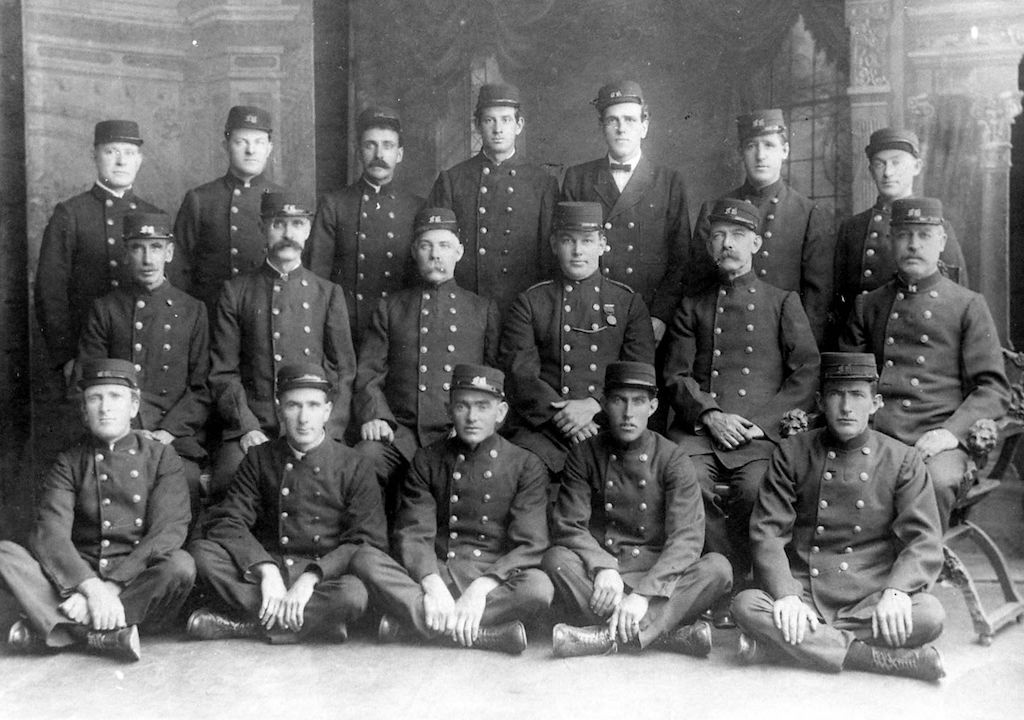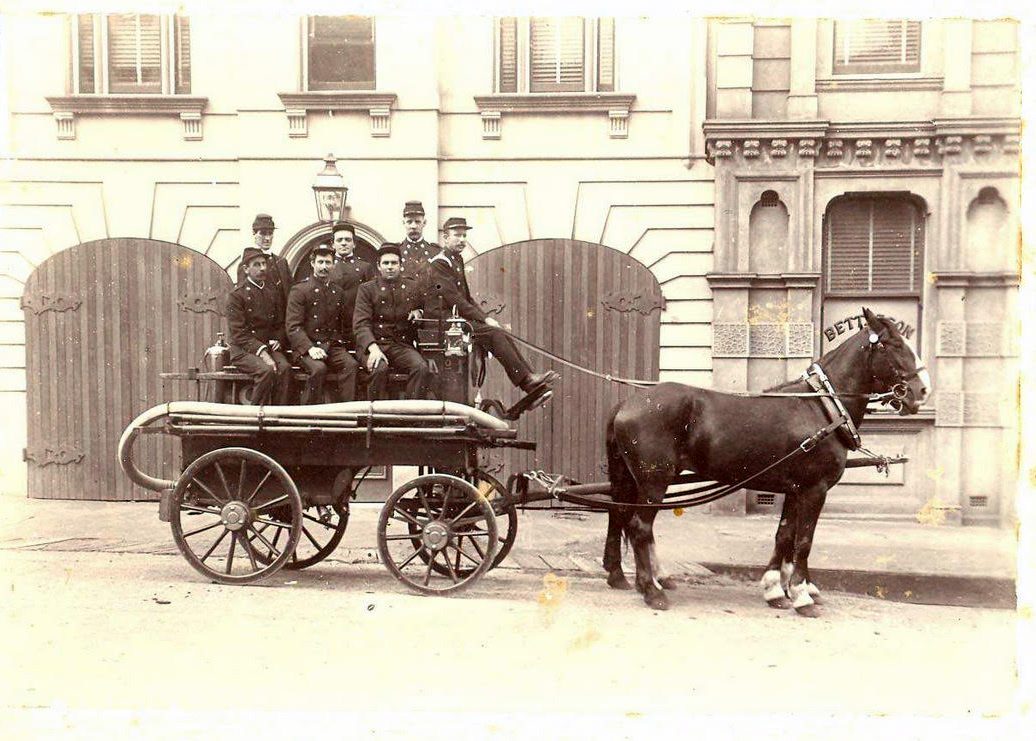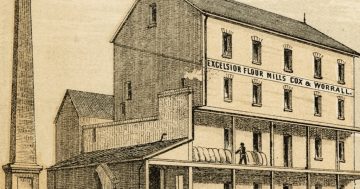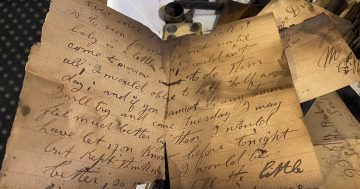
Goulburn volunteer fire fighters pictured in 1916. Photo: Museum of Fire.
Long-time Goulburn residents remember fierce fires that turned prominent buildings into spectacular bonfires, but might not realise the city’s brigade is one of the oldest in NSW.
Some of the biggest fires have been in Goulburn’s main street, including the Southern Ford fire in June 1974, Allens clothing store in November 1980, and Clints Fire in June 1999. For all these, many other outbreaks have been extinguished before they became serious thanks to the fire brigade.
Fire and Rescue NSW is paying homage to the state’s oldest regional brigades as it takes its 140-year celebrations to the 2024 Sydney Royal Easter Show.
FRNSW’s official origins trace back to 1884, when an act of legislation paved the way for the creation of the Metropolitan Fire Brigade, comprising a small workforce using push carts and horse-drawn pumps.
Goulburn’s brigade formed almost 30 years before that, with the township protected by volunteers and insurers initially operating from a makeshift station at the captain’s hotel.
In 1854 Mr Woodward, of the Commercial Hotel in Goulburn, bought a fire appliance from T.J. Bown and a volunteer fire brigade was formed the following year in 1855 with Mr Woodward acting as captain.
The brigade had to contend with a limited water supply and had no funds to operate. Mr Woodward provided the necessary money and the brigade operated out of his hotel, with an engine-house and alarm bell attached to the premises.
After the brigade had outgrown its space near the Commercial Hotel, land was acquired in Montague Street in 1889 and the following year the Goulburn Fire Brigade’s Board constructed a fire station.
Two years later, the Goulburn Fire Brigade took possession of its new station. In 1910 Goulburn came under the protection of the Board of Fire Commissioners of NSW after the passing of the Fire Brigades Act of 1909.

In June 1974 firemen were called to the Southern Ford fire, ignited when petrol was leaking from a vehicle in the workshop. Photographer Leon Oberg remembers the workshop and surrounds were full of customers and new cars while nearby, almost a dozen drums of oil products were being rolled out of the building by volunteers as the fire raged on. Photo: Leon Oberg.
The brigade would have been tested in May 1915, when Goulburn’s “greatest and most disastrous” fire swept through Gillespie’s boot factory, completely gutting it. The Farmer and Settler publication reported the factory was filling a huge military contract turning out 1700 boots a week.
By 1917 Goulburn received its first motorised fire engine, a Garford Hale pumper, which replaced the horse-drawn turbine pump.

Described as the Goulburn’s most disastrous fire, the Gillespie factory fire in 1915. Photo: History Goulburn.
Other early fire brigades included Windsor (established in 1863), Lambton (1875), Deniliquin (1878) and Tamworth (1878).
Orange Fire Station remains the state’s longest continually operating regional station, having stood since 1904.
The six stations feature in historical displays at the show, alongside vintage trucks including the 1930s Dennis F1 ‘Scout Car’ (“The Ace”), 1971 Dennis D600 pumper (“The Jag”), and the International Skyjet.
They appear alongside our modern-day appliances, including drones and a flood rescue boat, demonstrating how FRNSW has evolved into a service now boasting more than 7000 firefighters, 4650 Community Fire Unit volunteers, 335 stations and 726 engines.

Goulburn Fire Brigade with a horse-drawn fire tender sitting outside the old fire station and Betts & Sons solicitor’s office in Montague Street in 1890. Photo: History Goulburn.
FRNSW Acting Commissioner Paul McGuiggan said it was great to recognise the critical role regional fire stations play.
“We hope visitors to our displays will get a sense of how much firefighting has changed over the years and how this evolution is increasingly enabling us to keep them safe,” he said.










